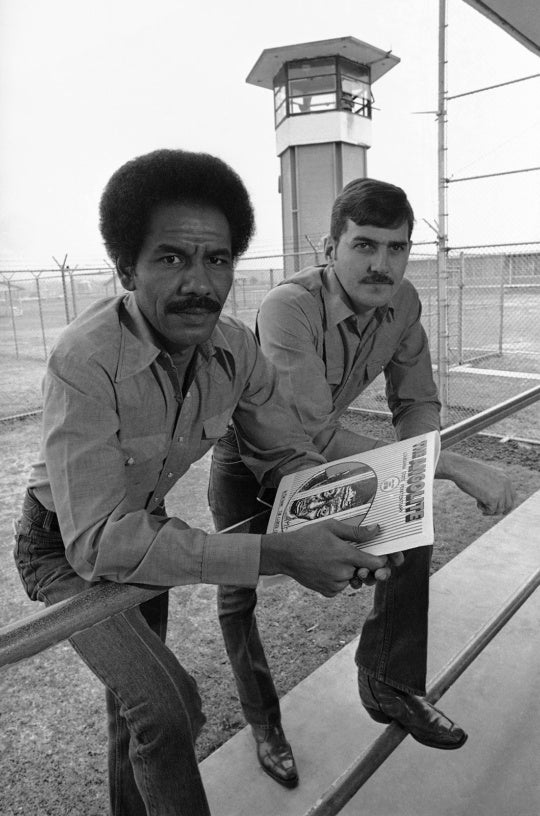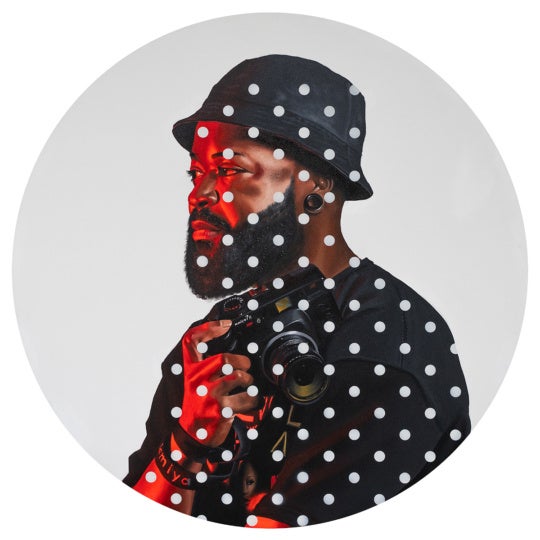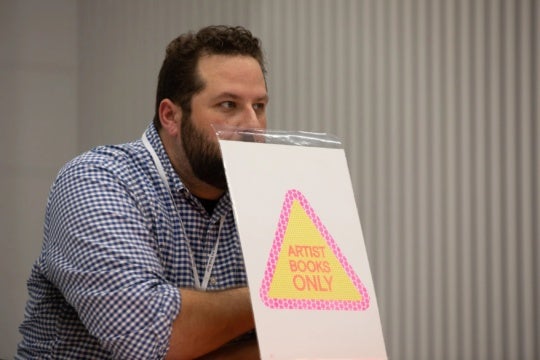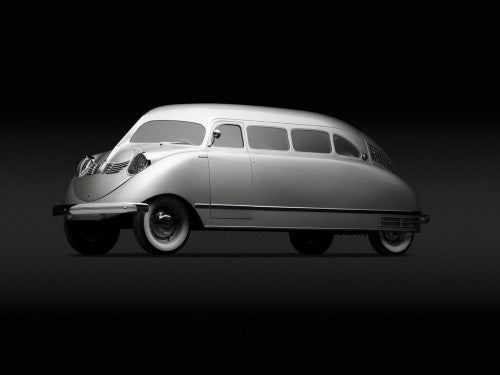
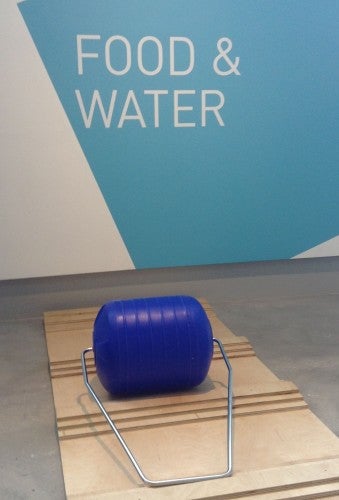
The Museum District on Peachtree Street offers a brilliant complement of design exhibitions right now: Design for Social Impact at the Museum of Design Atlanta (MODA) and Dream Cars Innovative Design, Visionary Ideas at the High Museum of Art. I spent the day ricocheting between MODA’s emphasis on altruistic solutions to social problems and the High’s exhibition of splendidly erotic concept cars. Each exhibition satisfies for different reasons: one noble, idealistic and cost-conscious, the other a modern dream of speed, comfort and luxury.
The MODA exhibition draws attention to how designers think through solutions in service to a better world. Wall text outlines the design process: identify a human need, brainstorm solutions, field-test a prototype, revise, produce and disseminate. Participatory experiences encourage visitors to step inside a homeless shelter, walk on carpet made of recycled fishnet and pull a barrel designed to transport water over uneven terrain. Visitors can express their own solutions to social problems by writing their ideas on a wall-length chalkboard. (“Label GMOs,” one person scribbled.)
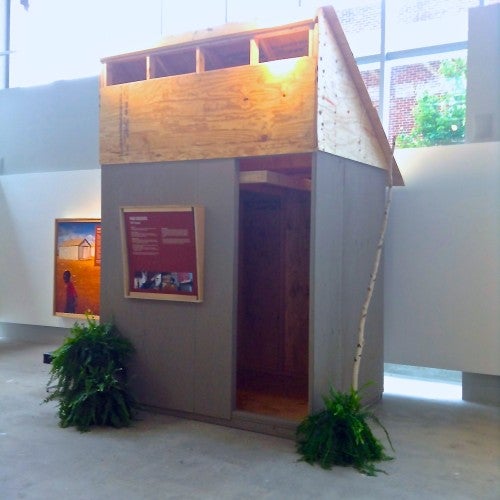
Clever design solutions abound in categories of shelter, food and water, community, health care, energy and education. Each showcase reveals the impact of the design on the population it was intended to serve. Although designers often work collaboratively with clients the end product doesn’t always work out to everyone’s satisfaction. Functionality, cost-effectiveness, user friendly and appearance can lead to success in varying degrees.
In the shelter category, Atlanta-based Mad Housers Inc. is considered an enduring success. The nonprofit has been providing shelters for homeless individuals and families since 1987. Step inside the tight quarters of the High Hat Hut, a 6-by-8-foot plywood hut resting on concrete blocks. Efficiently designed with a sloped roof, sleeping loft, ventilation and a locking door, the shelter is only intended as a temporary home.
It is easy enough for us to turn on a water faucet when we are thirsty. Not so for people living in remote villages across the globe where the only clean water source is miles away. The Hippo Roller makes the arduous task more efficient and physically easier. The bright blue barrels fitted with handlebars roll easily over well-worn hills to carry 24 gallons of fresh water to a village family.
Designer Deborah Adler became alarmed when her grandmother mistakenly took her grandfather’s medication and had a serious reaction. As an MFA student at the School of the Visual Arts, she chose as her thesis to redesign the standard medicine bottle. ClearRX is the result. Flat sided, large print labels, patient names at the top, and color-coded rings to identify the user reduce the risk of mistaken medications. Target Pharmacies adopted the design, made a few changes and put it into production across the country in 2005.
There’s plenty more to discover in this socially conscious exhibition. See for yourself the connection between a soccer ball and electric light or why the XO Laptop went “Back to the drawing board!” when it broke a cardinal rule in designing for social change to consult with the client recipients of the innovation before entering the design stage.
Prepare to have your senses twerked when you amble across the street to the High Museum’s “Dream Cars” exhibition of 17 concept cars. Many of these forms look as if they could break the sound barrier while cocooning you in the utmost comfort. Design is in service to hubris, luxury and mid-20th-century affluence.
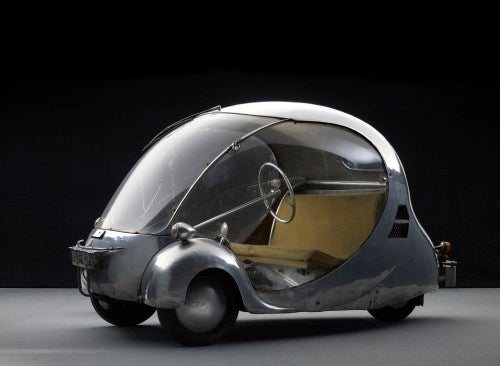
This is man’s dream of speed—to make things go faster and look faster, to make them feel like they are speeding even at a standstill, to feel like you are piloting your own destiny in a one-of-a-kind concept car. Gleaming fins, high-gloss lacquer surfaces, polished leather, and sinuous forms that are all muscle and sexuality fill the second floor galleries of the Wieland Pavilion with a breathtaking assortment of stylistic innovation. Horsepower is shrouded in fluid metal skins of midnight black, sky blue, fire-engine red and shimmering silver embellished with mirror chrome trim. To wrap a scarf around my neck and ride off with an imagined Jay Gatsby is an irresistible fantasy. The longing to escape reality is fulfilled in these galleries.
A nod to the more practical can be found in one of the earliest examples of an electric car. The 1942 L’Oeuf Electrique is an ugly ducking among a flock of swans. The 1936 Stout Scarab, a blown-out precursor to the minivan, projects futuristic convenience with panoramic windows, moveable seats and a fold-down table in its aerodynamic beetle body. The Scarab seems downright homey compared to the fighter jet styled 1959 Cadillac Cyclone XP-74 with rocket shaped headlamps and after-burner tailpipes.
Whether spellbound by “Dream Cars” or grounded in reality by “Design for Social Impact,” these two exhibitions will take you for a spin. Just remember to wait for the light when you cross Peachtree.
Maggie Davis is an artist and scholar living in Roswell, Georgia.


